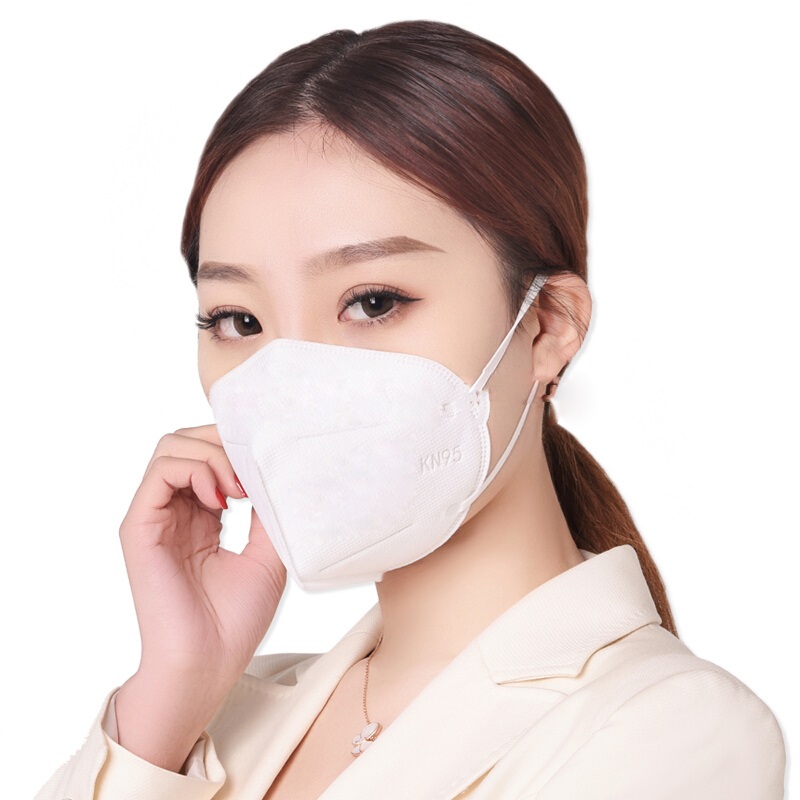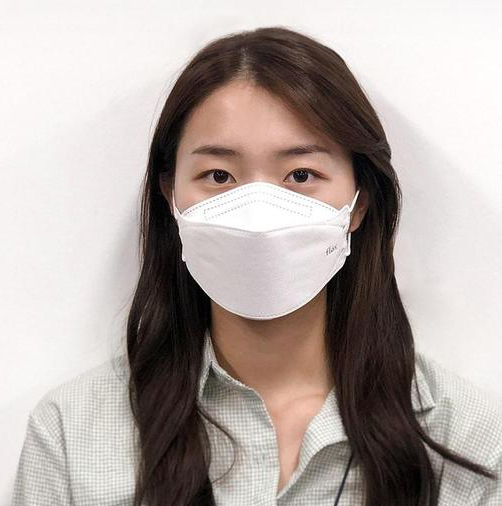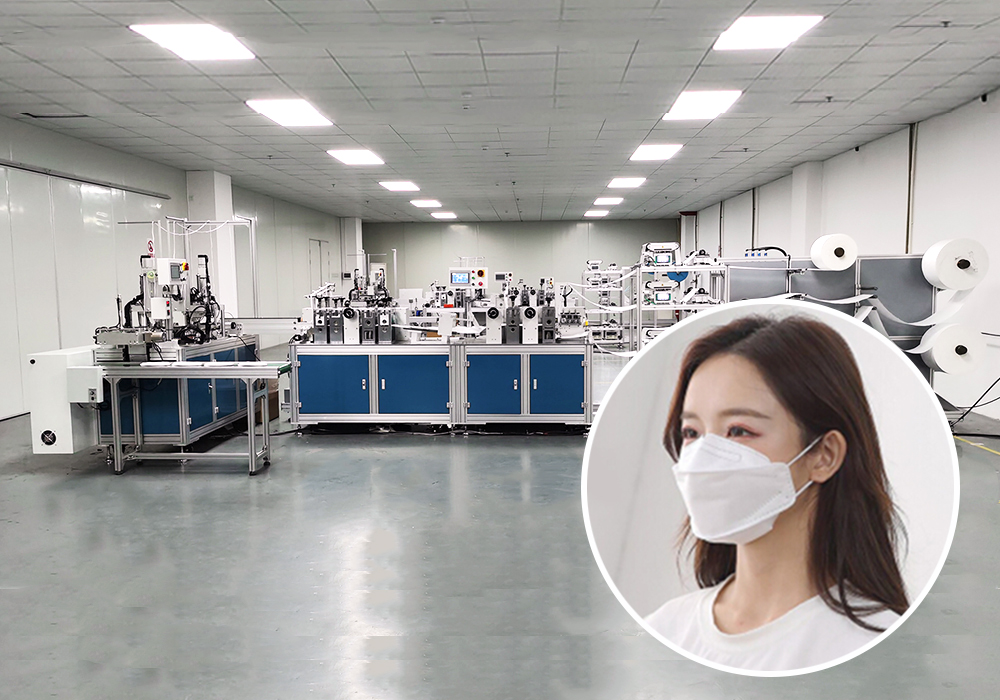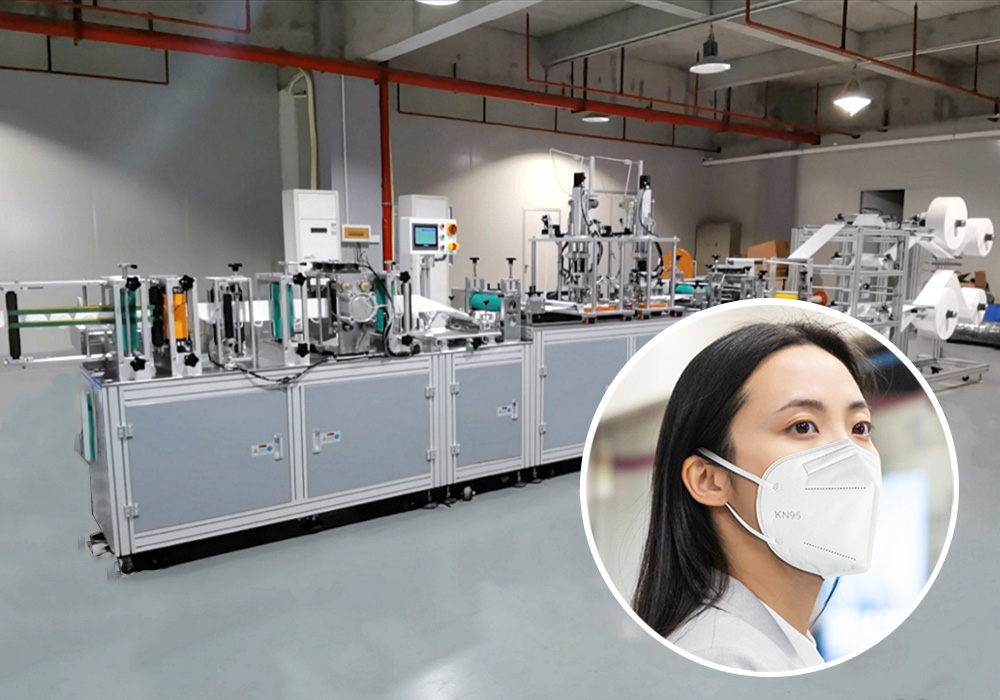What’s the Difference Between KN95 and KF94 Masks?
• VS
VS 
Keeping track of which masks (and how many of them) we should wear to protect ourselves and the people around us from COVID-19 is a dizzying task, especially now that several new, more-contagious variants are circulating in the United States. We know that N95 masks are still the best at filtering potentially infectious particles, but due to shortages, N95s should still be reserved for medical professionals who need them most. Because of this, more and more people are turning to two other popular mask types, KN95 and KF94, since they both come very close to the level of filtration found in an N95 mask. But what’s the difference between the two? And which one is better?
Dr. Ravina Kullar, an infectious-disease specialist, epidemiologist, and spokesperson for the Infectious Diseases Society of America, says the “KF” in KF94 stands for “Korean filter,” and the “94” indicates a 94 percent filtration efficacy. “It is the South Korean equivalent to the N95 mask, with a few differences. It combines elements of an N95 mask with those of a cloth mask, contouring close to the face with an adjustable band around the bridge of the nose.” Many people like them because the tentlike shape creates a little pocket of extra space between your mouth and the mask.
( Baggu's fabric masks have a similar shape.) KN95 masks, however, look more like a bird’s beak and stick out farther off the face. They are considered the Chinese equivalent to N95 masks and, according to Kullar, “are made of the same synthetic material and [also] filter out and capture 95 percent of particles in the air.”
You might assume that, because of the one percent difference in efficacy rates, KN95 masks do a better job. But “there are no head-to-head trials [between the two],” says Dr. Aaron Glatt, chief of infectious diseases and hospital epidemiologist at Mount Sinai South Nassau. What matters more, he says, is how tightly each mask fits your particular face shape and size. “The critical factor for all of these masks is the face seal. Without a good seal, they are almost all the same, since air will just go out (and come in) through the open spaces on the sides of the mask.” In general, for public usage, he thinks any three-ply surgical mask is “probably fine,” with the “KF94 or KN95 theoretically better, if the seal is good.”
To check if your mask provides a tight seal, put it on and look at yourself in the mirror. You should not be able to see any gaps around your nose, cheeks, or under your chin. If the ear loops are too big, you can tighten them by tying knots or adding toggles or a strap that connects the loops behind your neck.
Kullar pointed us to two separate studies that seem to show that KF94s could be more effective than KN95s. The first, published in December 2020, tested the efficacy of KF94 masks compared to N95 masks in seven patients, and showed that the two masks were comparable in blocking COVID-19 particles. In the second study, published that same month, the filter layers of N95 masks were found to be eight times thicker and had two times the electrostatic filtration capability of KN95 masks. For Kullar, this information is a good indication that KF94 masks offer better protection than KN95s, but Glatt isn’t convinced: “There just isn’t enough hard data,” he says. His preference, if he were to choose between the two, would be to take “the one that fits his face best and make sure it’s not a knockoff.” Certain KN95s and KF94s are approved by the FDA, but a good way to know if you are getting legitimate KF94s is by checking that they are indeed made in South Korea.
To help you predict which one might fit your face best we tested both types. Here’s what we found.
Fit test
Three Strategist staffers tested several types of KN95 and KF94 masks: writer Lauren Ro, senior vice president of e-commerce Camilla Cho, and me. In general, we all found that KN95s fit tighter with fewer gaps at the sides. Ro says, “The KN95s fit more snug all around, but they feel kind of small. The KF94s are better for a more customizable fit.” She uses a small clip to tighten the fit and hold the ear loops together off her ears and behind her head. Cho has tested a few versions of both kinds, and prefers KF94 masks over KN95. “They are just much easier to breathe in since there’s that space between your nose and mouth and the inside of the mask,” she says.
Joycreat KF94 mask machine and KN95 mask machine for reference:


